Ping i240 Iron Review
We take a deep dive into the performance of Ping Golf's latest iron offering…
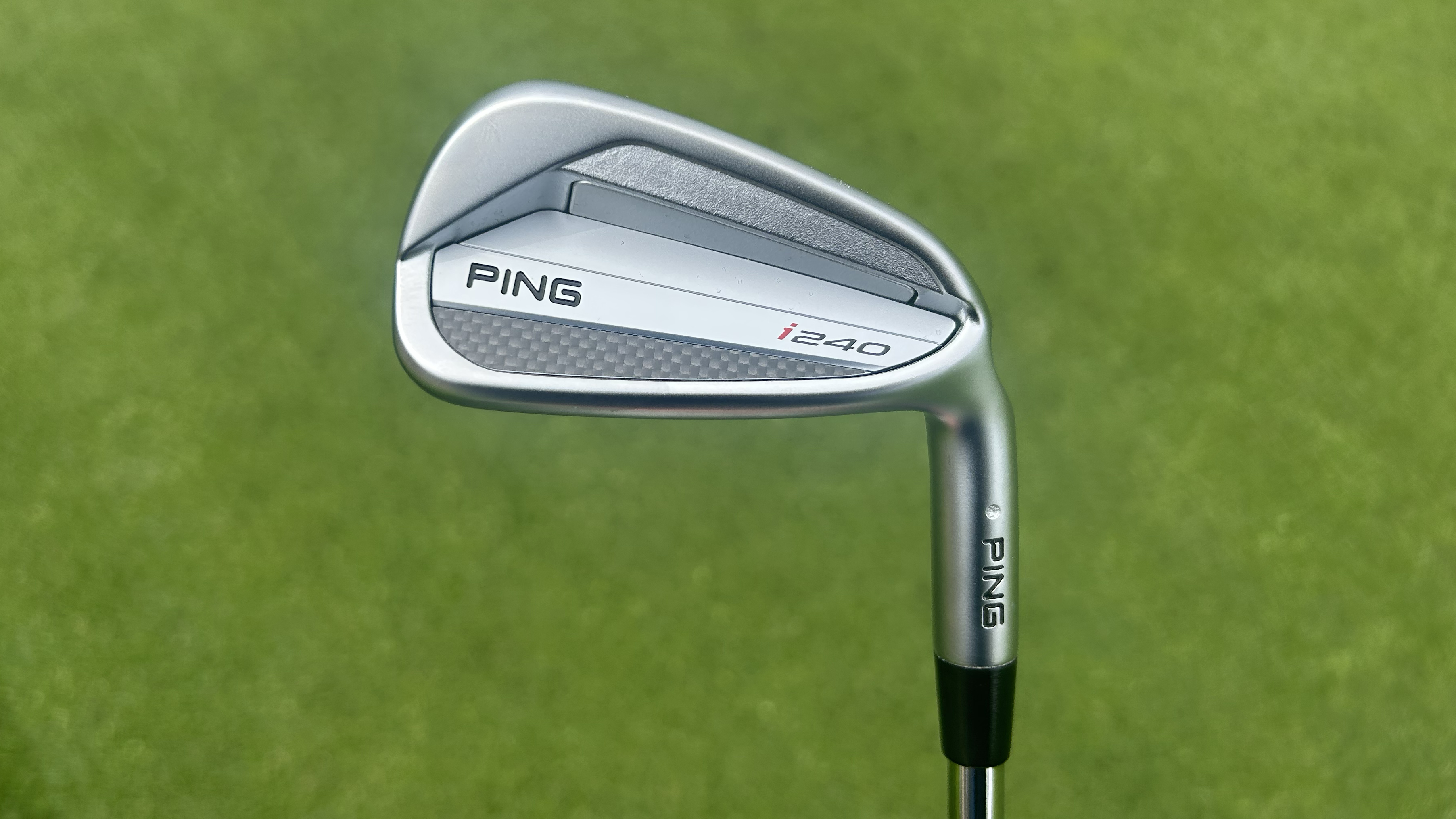
Ping has made all the right moves with the new i240 iron. The refinements are subtle but tangible, with the star of the show being the exceptionally soft feel and the cleverly thought-out new groove pattern providing some strong and crucially consistent spin numbers. With its workability, feel, and playability, this iron will suit a broad spectrum of golfers from touring professionals through to mid-handicap players. A true all-rounder.
-
+
Impact feel has dramatically improved from its predecessor
-
+
New groove pattern offers ample spin
-
+
Will suit a broad spectrum of players
-
-
I don’t love the new badge in the cavity
Why you can trust Golf Monthly

When a brand has a successful iron franchise, I eagerly anticipate the release of a new iteration to see what has been tweaked. It is a very fine line between success and failure. Change too much and you risk compromising the identity of the model, but change too little and it is difficult to convince golfers to upgrade. Irons like the i210 and i230 were a roaring success both on tour and at retail, so I was fascinated to see what the new Ping i240 iron had to offer and whether it could take its place alongside the best irons in the game.
Let’s get the technology story out of the way, which mainly focuses on weight saving and improving launch conditions. Ping has introduced a new multi-material cavity badge, which is 8.5 grams lighter than the badge that sat in the i230 cavity and this allows discretionary weight to be positioned lower to increase launch and MOI. Behind that badge is an ‘activated elastomer’ insert which supports the face, sitting behind the impact zone with its two objectives being efficient energy transfer (ball speed basically) and softening feel and audio.
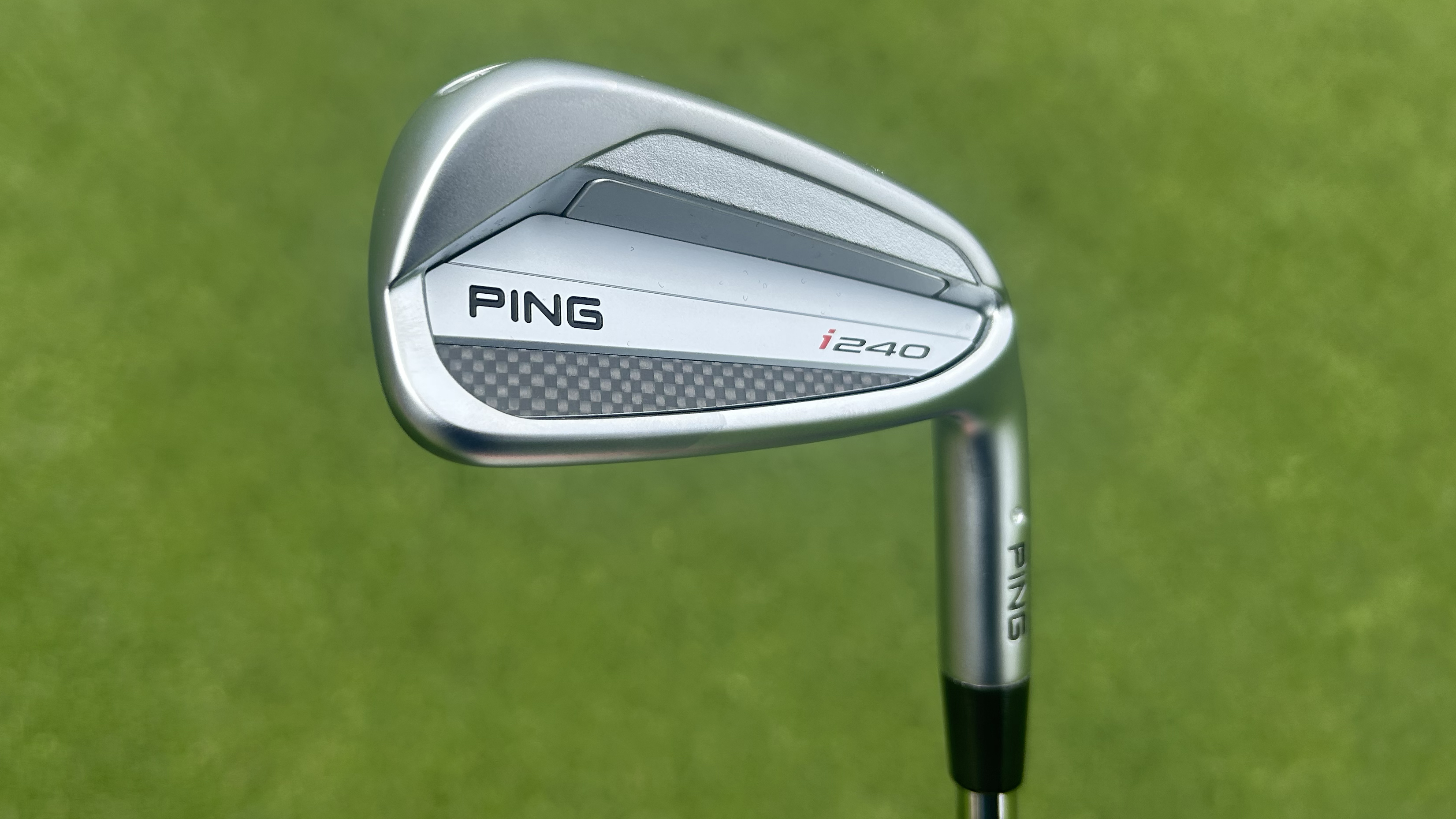
The face technology has dramatically changed from the i230, and you can clearly see the difference even with the naked eye. Ping has returned to using fewer grooves and spreading them wider apart, which came as a direct request from their tour staff to provide higher spin rates from the fairway, but lower from the rough. I am still unsure as to why they want less spin from the rough, to be honest, but I believe it is based on predictability of ball flight.
The sole hasn’t changed much, as the rounded leading edge and relatively high bounce remain, which was a popular feature of the last couple of iterations.
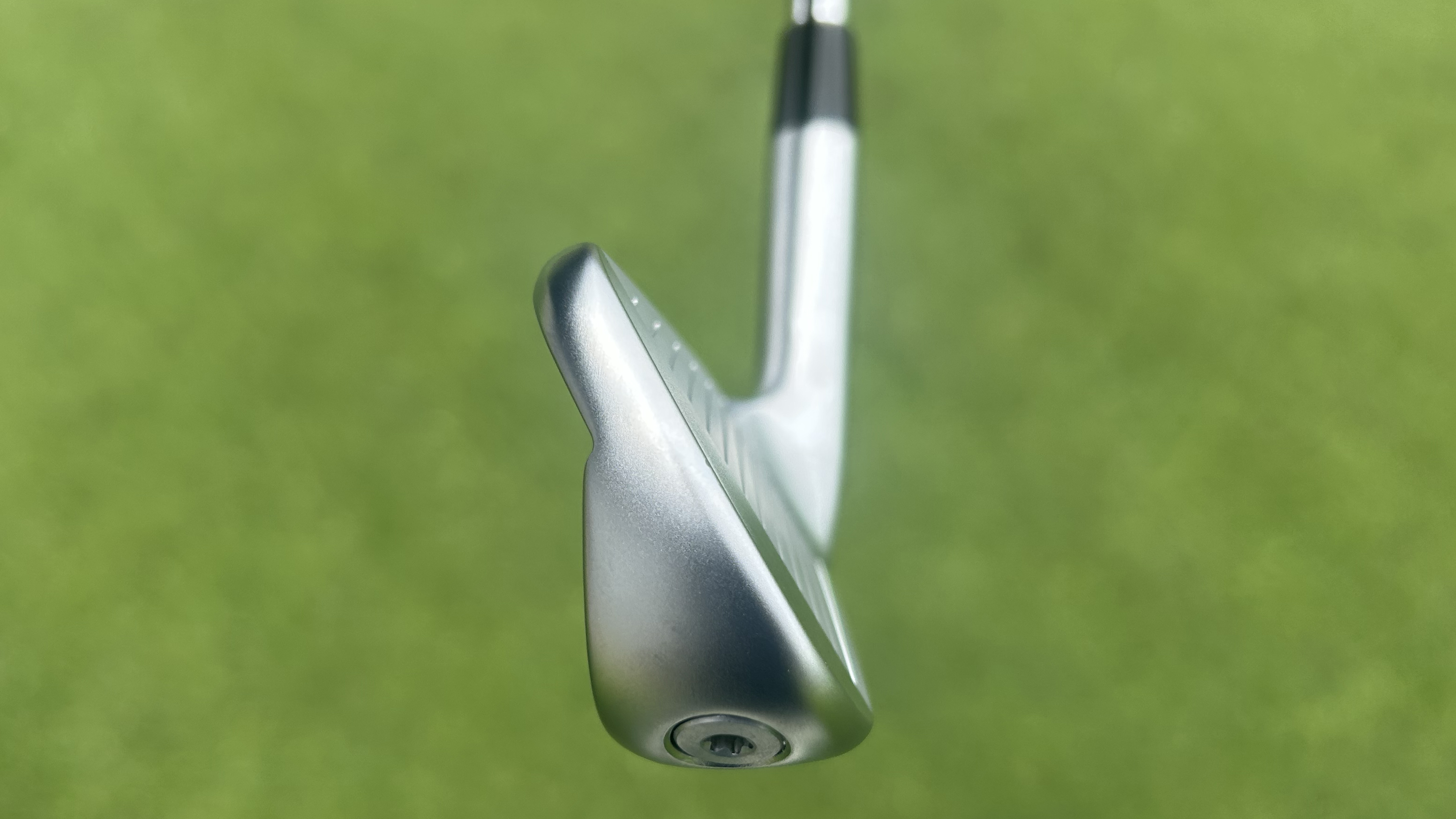
In terms of the visual, it is a little bit of a tale of two halves for me. From the ‘in the bag’ angle, I actually preferred the cleaner, more minimalist look of the i230 iron and find the carbon effect badge just a little fussy for my preferences. Also, I am generally a fan of sticking to one (or even none) colour for the branding and don’t love the ‘i’ of i240 being switched to red. As ever, though, this is entirely subjective, and many people may prefer the slightly freshened-up look of the i240.
In the playing position, the i240 ticks all of the boxes. In fact, there are very few irons on the market that cover as many bases for potential purchasers as these. The blade length is short enough to satisfy elite-level players, while the overall shaping and dimensions also provide ample confidence for slightly less accomplished players to not feel too intimidated at the prospect of finding a strike. Progressive levels of offset are nicely executed, and they just sit extremely well at address, enticing you to hit them.
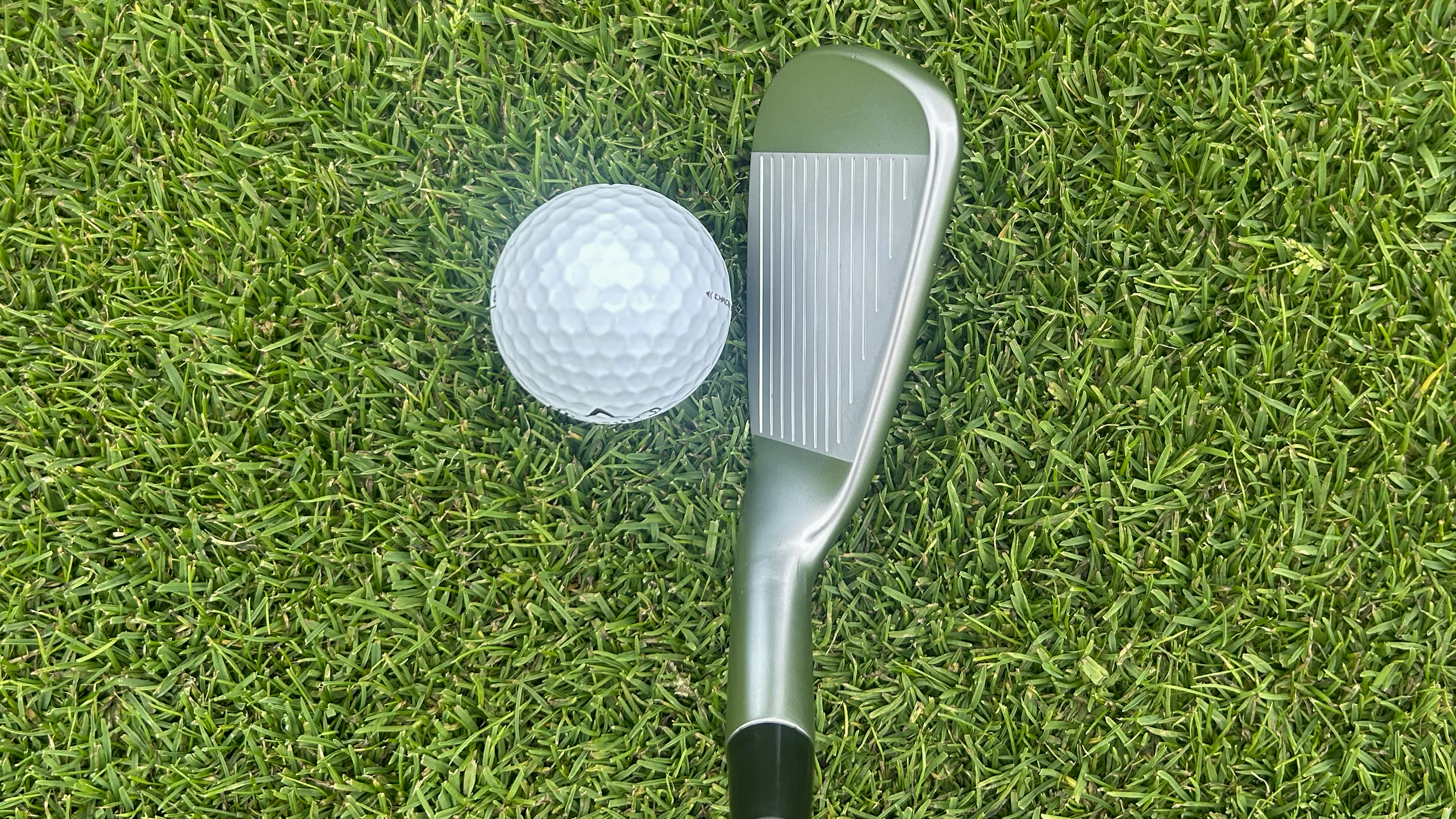
Performance-wise, Ping has absolutely achieved everything on its checklist in my opinion. Softer feel - tick. Higher launch - tick. Improved spin consistency - tick. All of this while maintaining the integrity and performance characteristics that have made this line so popular.
Subscribe to the Golf Monthly newsletter to stay up to date with all the latest tour news, equipment news, reviews, head-to-heads and buyer’s guides from our team of experienced experts.
I was fortunate enough to be fitted for these irons on the ‘Proving Grounds’ at the Ping HQ in Phoenix, Arizona, and the session with fitter James Lee, was an absolute pleasure. From the first strike, I knew I was going to enjoy these irons with the softness of impact very much taking me by surprise. As the sole design hasn’t changed much, I knew I would enjoy the slippery turf interaction that the relatively high bounce sole offers, but once again, the launch angle was an unexpected offering. Comfortably over a degree higher than what I saw out of the i230 irons, the towering flight window was very different from what I am used to seeing, but it is very much something I could get used to.
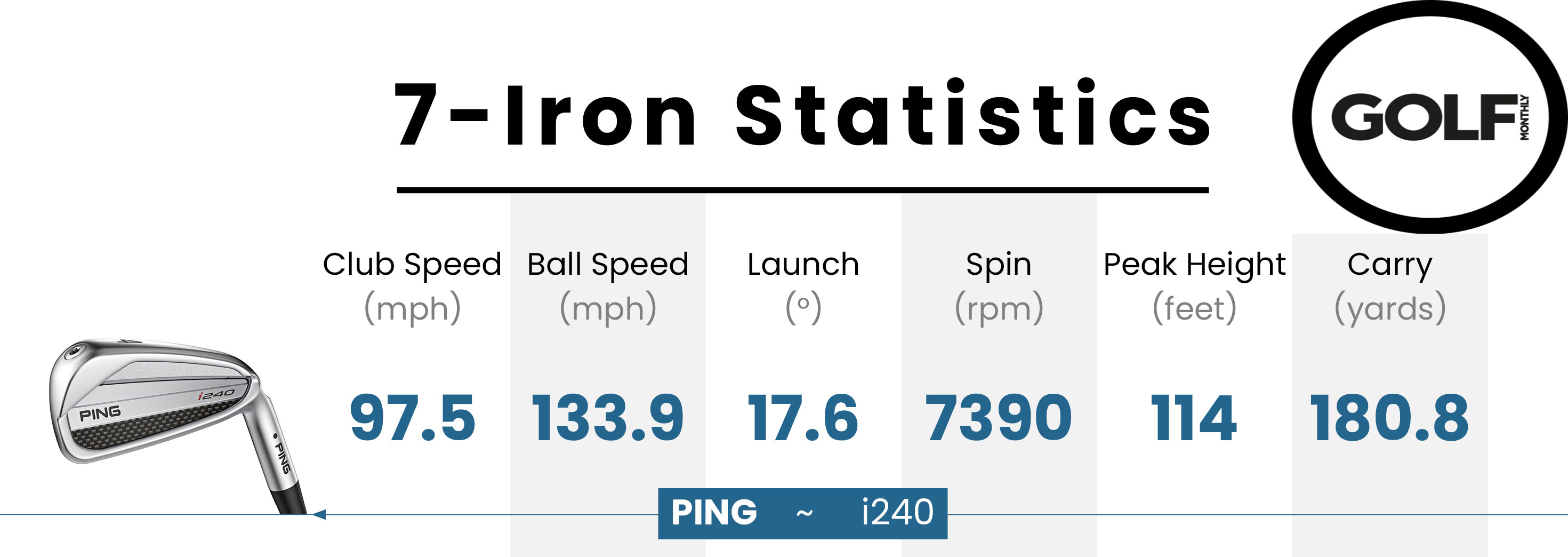
As many of you will know, Phoenix in June isn’t a great venue to test for performance in the wet, but having extensively looked at the performance of the Hydropearl 2.0 finish before and its ability to retain spin, I was very pleased to see that as a feature of i240.
I am not sure if I have ever tested an iron that I feel could go in as many different player types' golf bags very comfortably. The workability and soft feel will very much appeal to the better player, while the off-centre stability and high launch window will be enticing to those with slightly less speed and predictability of flight. The Ping i240 is a seriously strong iron that an improving mid handicap player could purchase and have it easily guide them through for a few years into the very low single digits and beyond. Impressive stuff.
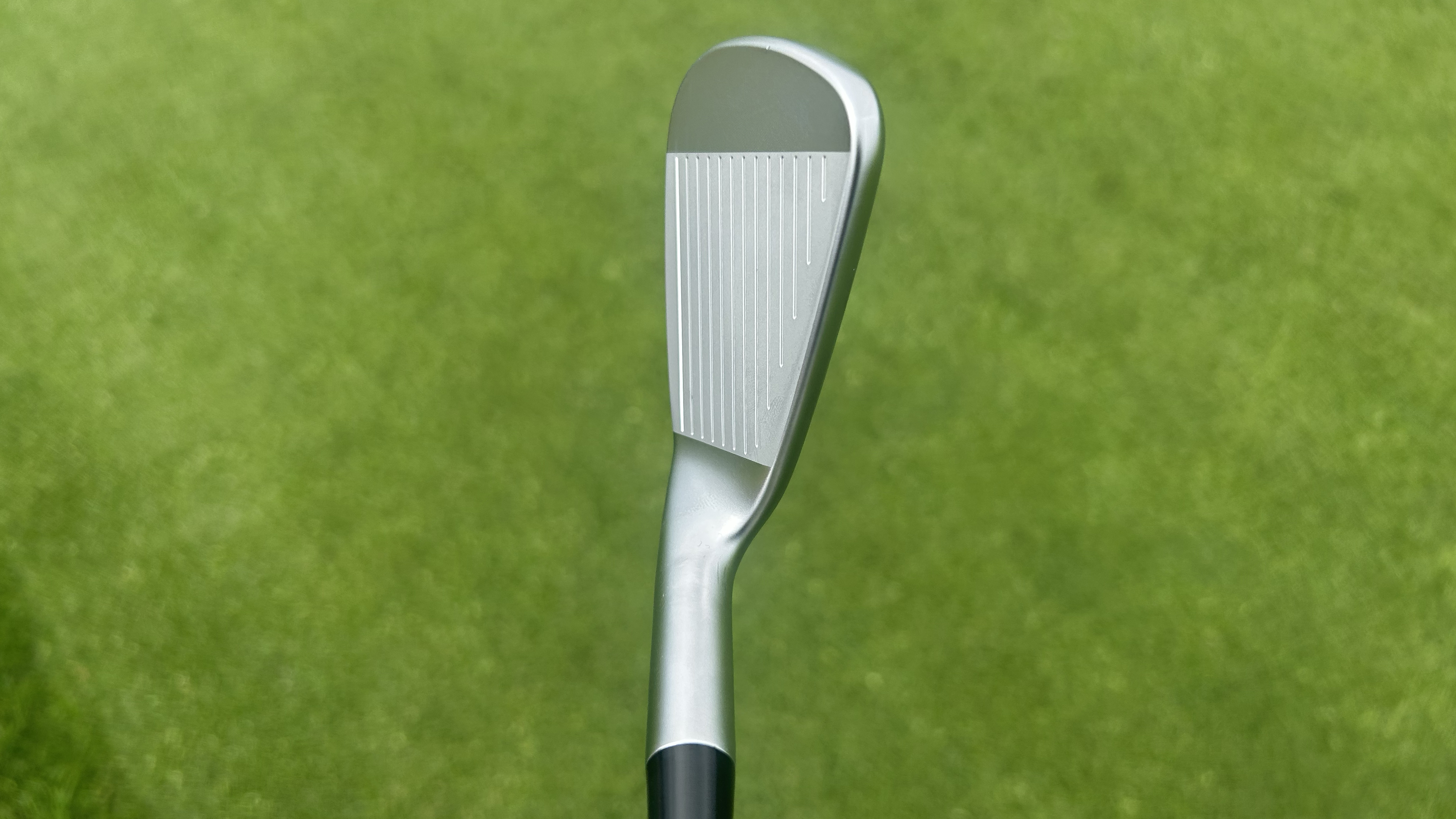
The i240 irons are available in 3-9, PW, UW in 10 color codes with Black remaining the Ping ‘standard’. They are also available in standard, Power Spec, and Retro Spec to help you dial in your flight and distance requirements.
Stock shafts: NS Pro Modus 3 Tour 115 (R, S, X) & PING Alta CB Blue (SR, R, S)
Optional stock shafts: PING AWT 3.0 (R, S, X), NS Pro Modus 3 Tour 105 (R, S, X), Dynamic Gold (S300, X100), Dynamic Gold 105 (R300, S300), Dynamic Gold 120 (S300, X100), Dynamic Gold Mid 100 (R300, S300), Dynamic Gold Mid 115 (S300, X100), KBS Tour (R, S, X), Elevate MPH 95 (R, S), UST Recoil Dart 65 (A), 75 (R, S)
Stock grip: Golf Pride 360 Tour Velvet in six sizes
U.S. MSRP: $217 per club with stock steel shaft; $232 per club with stock graphite shaft

Joe has worked in the golf industry for nearly 20 years in a variety of roles. After a successful amateur career being involved in England squads at every age group, Joe completed his PGA degree qualification in 2014 as one of the top ten graduates in his training year and subsequently went on to become Head PGA Professional at Ryder Cup venue The Celtic Manor Resort. Equipment has always been a huge passion of Joe’s, and during his time at Celtic Manor, he headed up the National Fitting Centres for both Titleist and Taylormade. He’s excited to bring his knowledge of hardware to Golf Monthly in the form of equipment reviews and buying advice.
Joe lives in North Devon and still plays sporadically on the PGA West region circuit. His best round in recent years came earlier in 2023 where he managed a 9 under par 63 at Trevose GC in a Devon & Cornwall PGA Tournament.
Joe's current What's In The Bag?
Driver: Switch between TaylorMade Qi35 and Callaway Elyte TD - both with Fujikura Ventus Black 6-X
Fairway wood 1: TaylorMade BRNR Copper Mini Driver - Fujikura Ventus Black 7-X
Fairway wood 2: Callaway Apex UW 17˚- Fujikura Ventus Black 9-X
Irons: TaylorMade P7CB 3-PW with Dynamic Gold Tour Issue X100 shafts
Wedges: Callaway Opus 50, 54, and 60 degrees - Project X LS 6.0 shafts
Putter: LAB Golf Oz.1 (zero shaft lean)
Ball: TaylorMade 2024 TP5x
Grips: Golf Pride Tour Velvet 60R
Bag: Vessel Player IV Pro DXR Stand
You must confirm your public display name before commenting
Please logout and then login again, you will then be prompted to enter your display name.